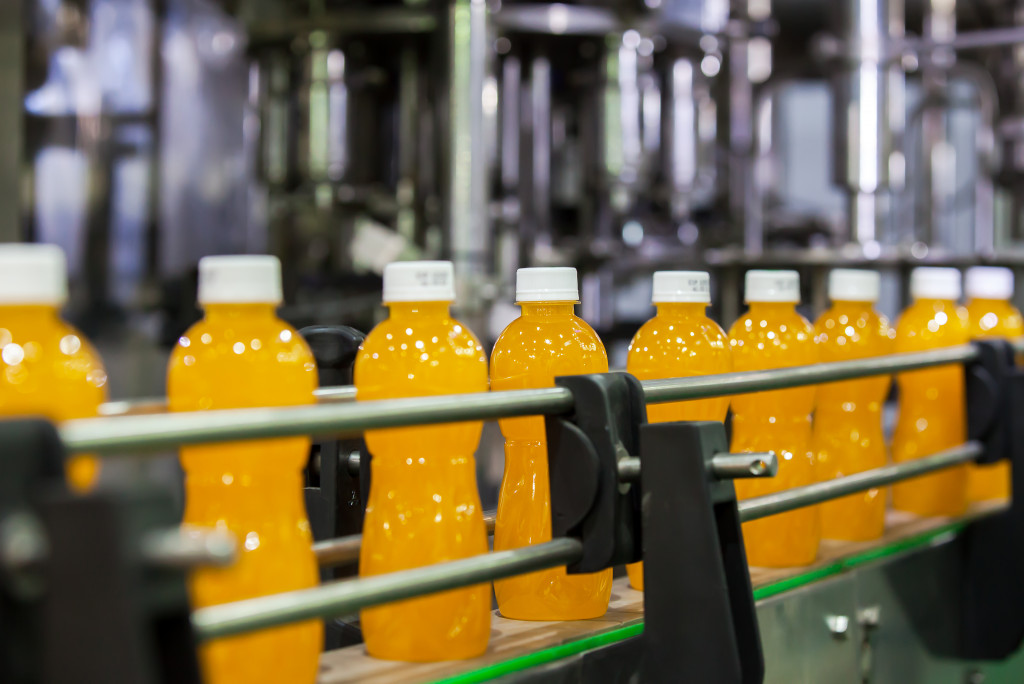Food manufacturing is a tough business. With rising ingredients, labor, and shipping costs, it’s hard to keep your food product affordable without compromising quality. In this blog post, we’ll give tips to help you save money in your food manufacturing business so you can stay competitive and maintain high standards.
Automate the production line where possible
As a business in the food manufacturing industry, it’s essential to always be on the lookout for ways to increase efficiency and cut down on expenses. One way to do this is to automate parts of the production line wherever possible. Not only does automation decrease the need for manual labor, but it also decreases the potential for human error. This leads to less wasted products and fewer added costs.
Automation can also improve consistency in production, leading to higher customer satisfaction. Of course, when automating part of the production line, it’s crucial to thoroughly research and invest in reliable equipment that will ultimately save time and money in the long run. Along with other cost-saving measures, implementing automation can significantly reduce expenses for a food manufacturer.
Review your ingredient suppliers
One overlooked tip for saving money in food manufacturing is regularly reviewing your ingredient suppliers. By diversifying and considering new suppliers, you may be able to negotiate better prices or find a product that better suits your needs. It’s also important to keep an eye out for supplier inconsistencies or quality issues, as these can significantly impact the production process and ultimately affect your bottom line.
However, it’s also essential to consider factors beyond cost, such as reliability and sustainability practices. Balancing these considerations will result in a more efficient and profitable supply chain.
Find ways to recycle
One cost-friendly measure that food manufacturers can take is to find ways to recycle used materials. For example, consider investing in used cooking oil recycling solutions such as filtration and conversion systems instead of disposing of used cooking oil. Not only will this cut down on waste disposal expenses, but it can also generate income from selling filtered oil for reuse or converting it into biodiesel.
In addition, finding creative uses for by-products and scraps can also help to minimize waste and save on raw material costs. Recycling should not just be a one-time effort; continuously assess and reassess your recycling processes to ensure maximum efficiency and cost savings.
Opt for in-house packaging design
Outsourcing the packaging design of products can be expensive and time-consuming, but investing in the right equipment and training for a dedicated design team can pay off in the long run. Not only will you have more control over the design process, but you’ll also have the flexibility to quickly make changes as needed without incurring additional costs from your outsourced partner. Additionally, having an in-house design team allows for better brand consistency across all products and packaging materials.

Implement an employee incentive program
Implementing an employee incentive program is a great way to motivate your team and improve productivity. It also encourages them to find ways to cut costs and reduce waste. For example, a worker may spot a faulty machine that can be repaired instead of replaced, leading to significant cost savings for the company.
Incentive programs also incentivize efficient work habits and can lead to streamlined processes in the long run. While investing in an employee incentive program may require an initial investment, it has the potential to yield considerable cost savings and lead to a more prosperous and efficient workplace overall.
Invest in energy-efficient equipment
You need to understand the importance of controlling costs to remain competitive. One effective way to save money long-term is to invest in energy-efficient equipment. Not only will this reduce your energy bills, but it will also decrease your carbon footprint and help meet any regulatory requirements for emissions.
In addition, investing in high-quality equipment can lead to improved productivity and reduced downtime, resulting in further cost savings. So, while an initial investment may be required, upgrading to energy-efficient equipment can result in significant cost savings for your manufacturing business.
Shop around for insurance
It’s essential to have the right insurance coverage in unexpected events. However, insurance can also be expensive, leading some businesses to skimp on coverage or search for cheaper options. One tip for saving money on insurance is to shop around and compare prices. Don’t just stick with the first policy you find – talk to different companies and see what they can offer you in terms of coverage and cost. It may take some time and effort, but it could save you significant amounts of money in the long run. And don’t forget to review your policy regularly and adjust accordingly as your business changes and grows.
The bottom line
By following these tips, you’ll be on your way to saving money in your food manufacturing business. Remember, even small changes can add up to big savings over time! What tips do you have for saving money in food manufacturing?

